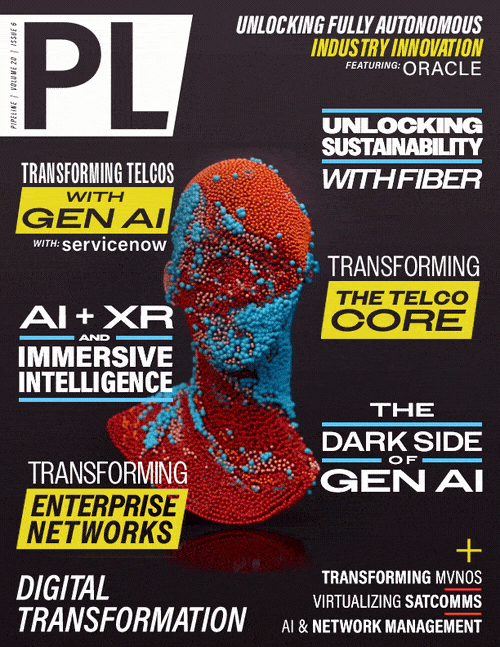Hitachi Vantara Uses AI to Reduce Holiday Travel WoesNew Airport Solution From Hitachi Vantara Uses AI To Alleviate Holiday Travel WoesLidar, Video, Computer Vision and Advanced Analytics Help Airlines and Airports Reduce Wait Times, Flight Delays and Jet Fuel Consumption During the Busiest Travel Season of YearHitachi Vantara, the Silicon Valley-based digital infrastructure and solutions subsidiary of Hitachi, Ltd. (TSE: 6501), is applying new artificial intelligence technologies to help airlines and airports solve some of their greatest challenges during the busy holiday season. The company’s technology aims to eliminate travel delays caused by congestion at check-in, security, retail and aircraft boarding areas. The holiday season is the busiest travel time of the year. This year, nearly 50 million Americans are expected to board planes and a billion people will be traveling worldwide to see loved ones or for vacations. Connecting passengers, connecting bags and security delays are among the leading causes of travel delays. Hitachi Vantara has developed solutions that combine computer vision with video analytics and machine learning to help airline and airport staff identify when and where congestion and delays are occurring and take action to address them during even the busiest travel times. The solution is already being piloted by a major U.S. airline, and Hitachi Vantara hopes to implement the technology at more U.S. airports in time for the 2020 holiday season. The Lumada Video Insights solution uses lidar (light detection and ranging) – a laser-based radar-like technology – to produce a 3D visual model of the airport and the movement of travelers, equipment and luggage in real time. The solution also applies video analytics tools to analyze the movement of travelers and luggage throughout an airport – while maintaining passenger privacy and without capturing any personally identifiable information. Comparing the actual movement of travelers to ideal models can then help airline and airport staff to identify issues and take action to streamline passengers’ travel experiences from the moment they check in to the moment they are safely in their seat with baggage stowed. Examples of how Lumada Video Insights can help airlines and airports improve traveler experiences include:
“Nothing ruins a holiday travel experience like long lines and flight delays,” said Mark Jules, global vice president, smart spaces and video intelligence at Hitachi Vantara. “Hitachi Vantara is committed to creating innovative technologies that can help airports and airlines identify and address congestion hot spots, which make a big impact on the industry’s bottom line, environmental footprint, and their customers’ travel experiences.” “As someone who travels frequently, I can personally relate to the frustration of airport congestion, long security lines, flight delays and lost luggage. A new approach has been needed for a long time but the criticality of maintaining personal privacy in public spaces has continued to present a challenge,” said Rich Karpinski, research director, internet of things at 451 Research. “Airports and airlines can now address these issues with the application of lidar, which captures only critical contextual data without the same level of identifying clarity as video, advanced analytics and other video intelligence technologies. Hitachi Vantara’s Lumada Video Insights solution is making it simple for them.” Source: Hitachi Vantara media release | |

















